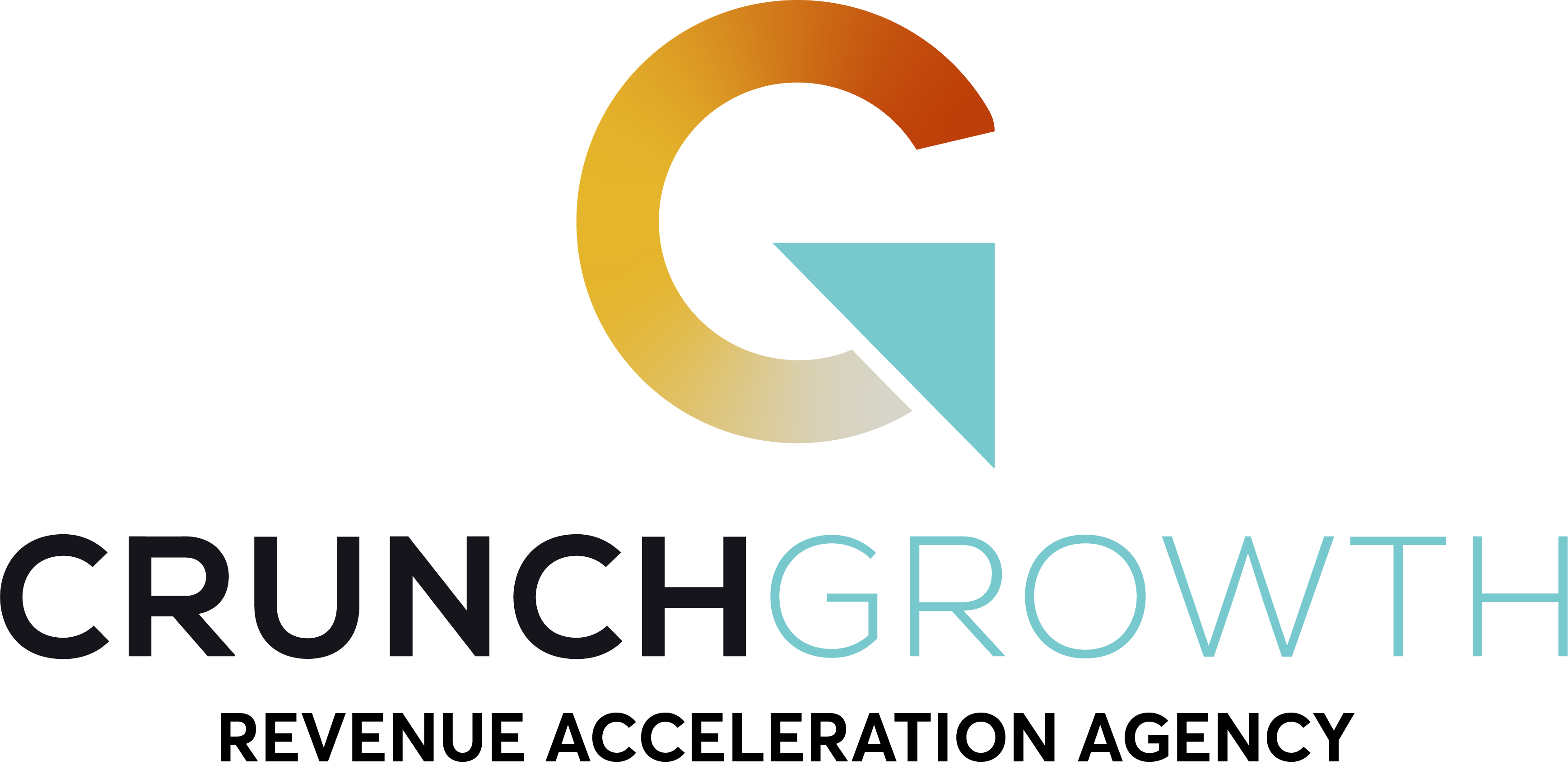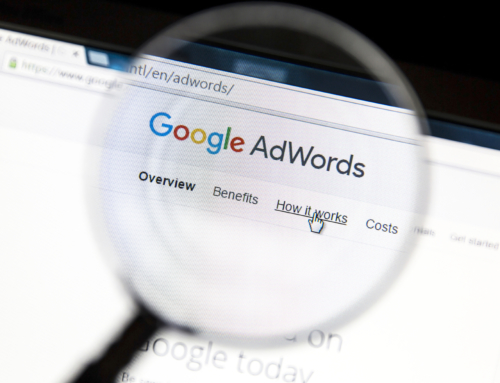E-mail marketing is one of the most cost convenient channels of marketing. Email campaigns have a high return on investment. However, every campaign doesn’t enjoy the same level of success.
Depending on the content, an email can bring in a lot of leads. However, others will end up in spam and junk folders. Recently, many marketers reported decreased ROI from email campaigns. Email, like all marketing tools, evolves with trends and new technologies. To run a successful campaign, you must stay up-to-date.
Formats, layouts, and strategies from previous years are no longer relevant. If your campaign doesn’t evolve, it won’t yield results. If your campaign isn’t generating results, review it. Identify red flags that prevent engagement and lead generation. Let’s take a look at five dangerous email trends that may be hurting your sales.
1. Untargeted Messages
The most important element of a campaign is the message. How well does your campaign speak to the target market segment? A generic email sent to hundreds of thousands of users will get nowhere. These days, to be successful, email marketing campaigns should be personalized. Write it as though it was written for the individual. Customize and tailor emails to your audience.
Develop an understanding of how viewers engage with your content. This is the most effective way of encouraging them to read your email. If they are engaged, they will respond to your call-to-action.
Segment your target market. Use valuable data to diversify your approach. Avoid generic messages that don’t hold personal value for your clients.
2. Subject Lines That Sound Like Spam
A good subject line is crucial. Even if a client doesn’t recognize the name of the sender, they may not click. The title of an email is the first thing that prompts users to engage. If it sounds like spam, they will ignore and delete it.
The subject line of your email is the main ‘hook’ of your email content. You may think that terms like “FREE” and “100,000 Dollars” will grab attention. They sound like spam. Audience perception is crucial. But, email services also have spam filters. It is possible that your email won’t make it to the inbox. Negative keywords like ‘Buy,’ ‘Clearance,’ and ‘As Seen On” get filtered. These are examples. The list varies for each provider.
3. No Way Out
A prominent unsubscribe button can work miracles for email engagement. Sounds counter-productive? Consider the psychology behind it. Consumers want control and freedom. They don’t want to feel trapped in an influx of emails. If a user is no longer interested, permit them to change their mind. Otherwise, your emails might seem like a repetitive nuisance.
Let us further discourage you from sending unsolicited messages. The CAN-SPAM Act incurs heavy penalties if there isn’t an unsub feature. Make sure your emails have an unsubscribe button. Don’t try to hide it. Allow disinterested recipients to unsubscribe from your email campaigns.
4. No Symbol of Trust
If an email seems suspicious, recipients won’t open it. This is especially true if the email has an attachment. Trust mediators play a vital role in establishing credibility. These businesses ensure the safety and security of email recipients. One example is Norton Antivirus Shield. A symbol on the email illustrates a reliable source. Trust mediators ensure your email campaigns don’t get intercepted. These sources protect your audience and your campaign.
5. Missing Call-to-Action
A Call-to-Action prompts results from your email. What is the purpose of the message you’re sending? Do you want to generate leads or sales? Your CTA can be a link to subscribe or a sales pitch. The most effective emails have a clear CTA. This tells your reader what to do next.
Don’t muddy the water with multiple CTAs in one email. Lack of clarity is ineffective. Maintain your focus with a direct and coherent message.
6. Annoying Disruptors
Disruptors are factors or features that hinder the user experience. A common example is an excessively long subscription form. Another would be the absence of social logins.
Once you have identified a sales disruptor, remove it. Anything that prevents conversion needs adjustment. Removal will increase the effectiveness of your email campaigns. You can’t manage what you don’t measure. That is the golden rule of business. This same rule applies to your email campaigns. Performance tracking should be an important element of your campaigns.
Successful Email Campaigns
Avoiding these annoying habits ensures your email campaigns will generate high leads. Pay attention to the performance metrics for “open rate” and “click-through rate.” These identify the efficiency of your campaigns. These factors come together to increase reach and conversion.












Leave A Comment